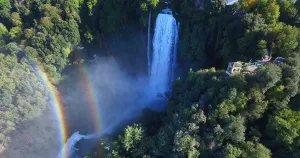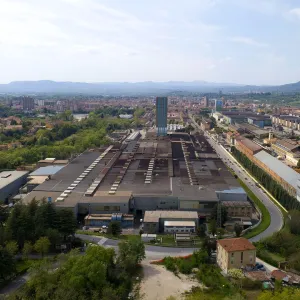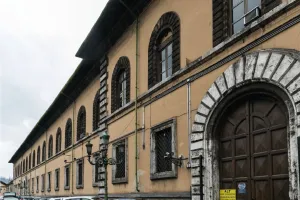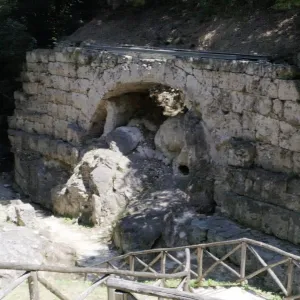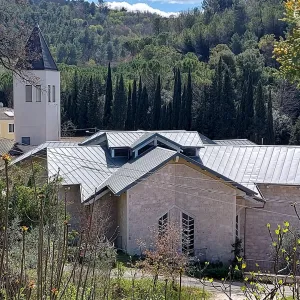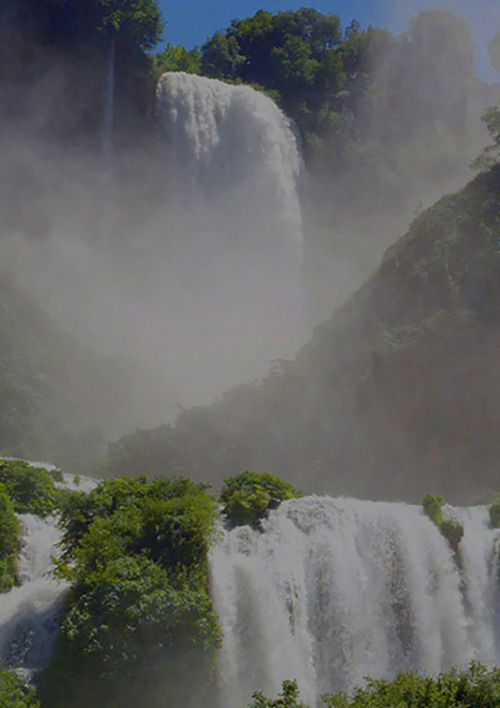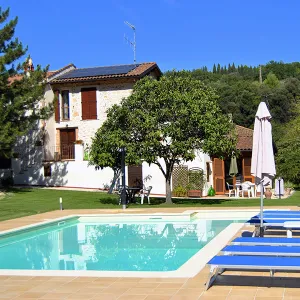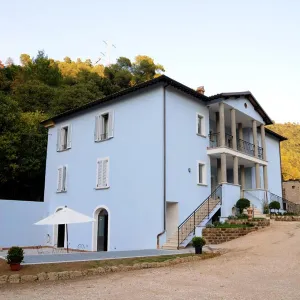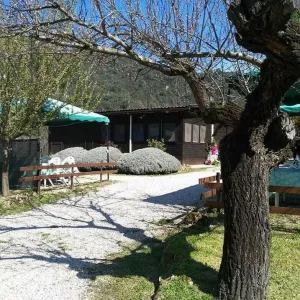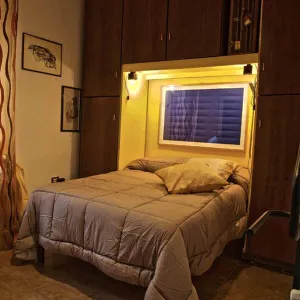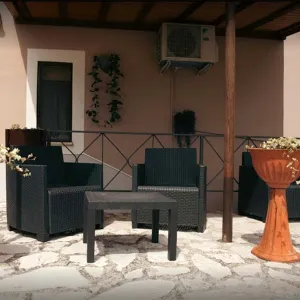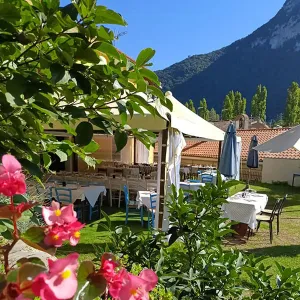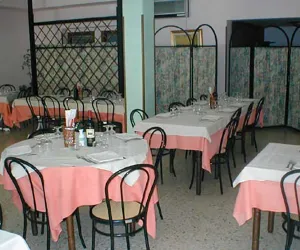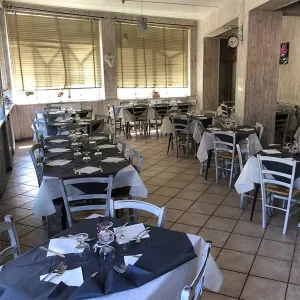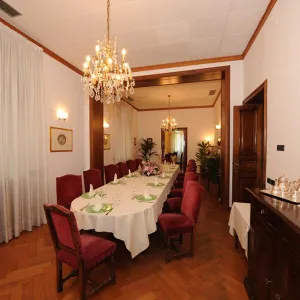Papigno
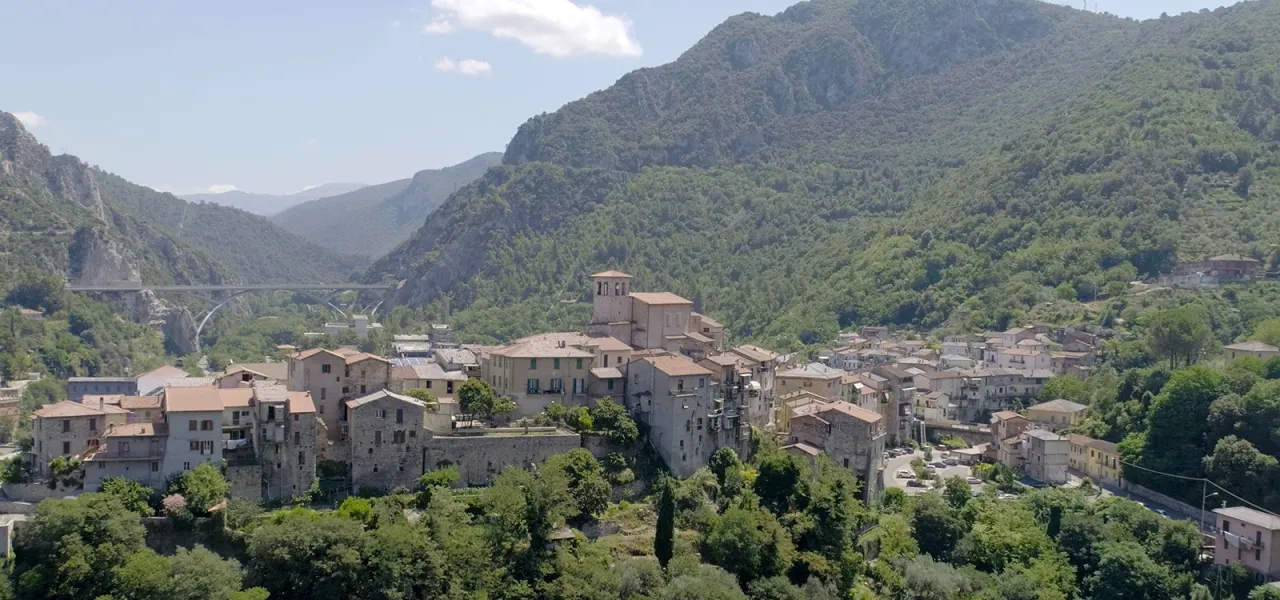
Its strategic position ensured control over two important routes for the road system of the time: the Valnerina and via Curia, the latter leading to Rieti, connecting the Valnerina to Marmore and Piediluco.
The castle was purchased by the Municipality of Terni from the Arroni family in 1225. Since then, although Papigno depended on Terni, it was able to enjoy a sort of administrative and judicial decentralisation through the election of the podestà and notary. The village has maintained its original layout, while only a few traces remain of the defensive system, including the fortress. The medieval period also saw the construction of the primitive church of Santa Maria, referred to in a document from 1276. The church, today dedicated to the Saints Maria Annunziata and Brizio, was enlarged several times over the following centuries, starting from the late 1400s and finally rebuilt in the late 1700s. Among the paintings preserved there is the "Madonna del Rosario" by Ascensidonio Spacca (1608).
Today’s appearance of the village is characterised by buildings constructed in the 19th century, some of which belonged to wealthy families. The Town Hall also dates back to this period.
Papigno is indeed one of the Ancient Municipalities of the Terni territory; it remained an autonomous municipality until 1927 when it was incorporated into the Municipality of Terni. Today, Papigno is a quaint centre of significant historical value and part of an area that encompasses natural beauty, landscapes and countless archaeological remains, such as the Ponte del Toro.
Almost "immersed" in the vegetation of a portion of the woods around the built-up area of Papigno, the bridge dates back to Roman times, 1st century BC - 1st century AD. The artefact (whose name reflects the location where it was found, vocabolo Toro) was part of a water drainage system from the Marmore plateau connected to the installation of the Marmore Falls. In addition to this "relic," the location at the edge of centuries-old woods captivates with the beauty of the surrounding nature, making it one of the preferred destinations for the Plenarists. These were European painters who, between the late 1700s and the following century, painted the most suggestive landscapes of the Terni territory en plein air. One of the most famous of these artists was Jean Baptiste Camille Corot.
